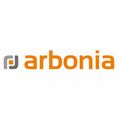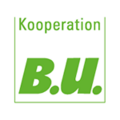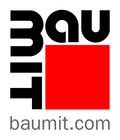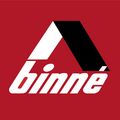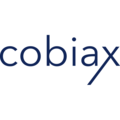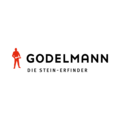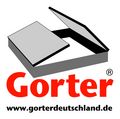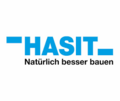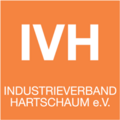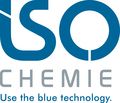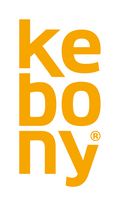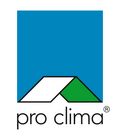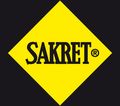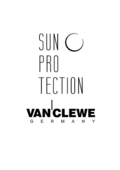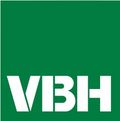ENV1.1 Building life cycle assessment
Our goal of the criteria "eco-balance of the building" is a consistent life cycle-oriented planning of buildings in order to reduce emission-related environmental impacts and the consumption of finite resources to a minimum throughout all life phases of a building. A life-cycle-oriented planning of buildings with the help of life cycle assessments supports builders and planners in making environmentally-oriented decisions based on comprehensive information. Solutions can be identified that are optimized both with regard to various relevant environmental issues and with regard to different places and times of effect. The application of a consistent method supports the reporting on relevant environmental indicators of the building, such as CO2 emissions or energy requirements over the entire life cycle.
The DGNB Navigator is a public building products platform. Your building products and information are accessible to interested parties (e.g. auditors/architects/specialist planners) at any time. In this way, the DGNB Navigator creates a high degree of transparency between all those involved.
What is an Environmental Product Declaration (EPD)?
An EPD is a document that summarizes information about the life cycle assessment of a product on a few pages. The resource and energy consumption across the entire production chain can be specified via an EPD.
The test criteria are standardized via a DIN standard and the declarations are checked independently. For this reason, the DGNB has also decided to use the QNG seal and other certifiers for this database as a basis.
The criteria and guidelines are currently only available in German.
FAQ for manufacturers
- Many companies (e.g. consulting firms) create an environmental product declaration. For example, the IBU e.V. or the ift Rosenheim, but also many other institutions or consulting companies.
The DGNB Navigator or the DGNB has no influence on the fees. The prices are determined by the companies and should be requested directly from them.
The DGNB Navigator will also adapt to the new version (+A2) during the transition phase.
You already have the option of uploading the EPD +A2 you have created to the "Documentation and Weblinks" area. The DGNB and the DGNB Construction Products Advisory Board recommend creating a system according to +A1 and +A2 during the transition phase. Information according to +A1 standardization is stored in the DGNB Navigator. If there is a change, we will inform you about it.
An environmental declaration is not mandatory for the DGNB Navigator. However, it is one of 3 requirements for being awarded a DGNB label.
Relevance of construction products in the DGNB System

Construction products make a significant contribution to the sustainability of a building. DGNB Auditors, architects and planners can find that the relevance of products is given in more than half of our criteria, either directly or indirectly. This means that the correct choice makes a real difference.
Fees
The use of the online platform is free of charge for DGNB Auditors, architects, planners, designers and all parties interested in the DGNB Navigator. Fees are only charged for placing products with general product information and data relevant to the DGNB Certification System within the DGNB Navigator. Special rates apply to DGNB members.




